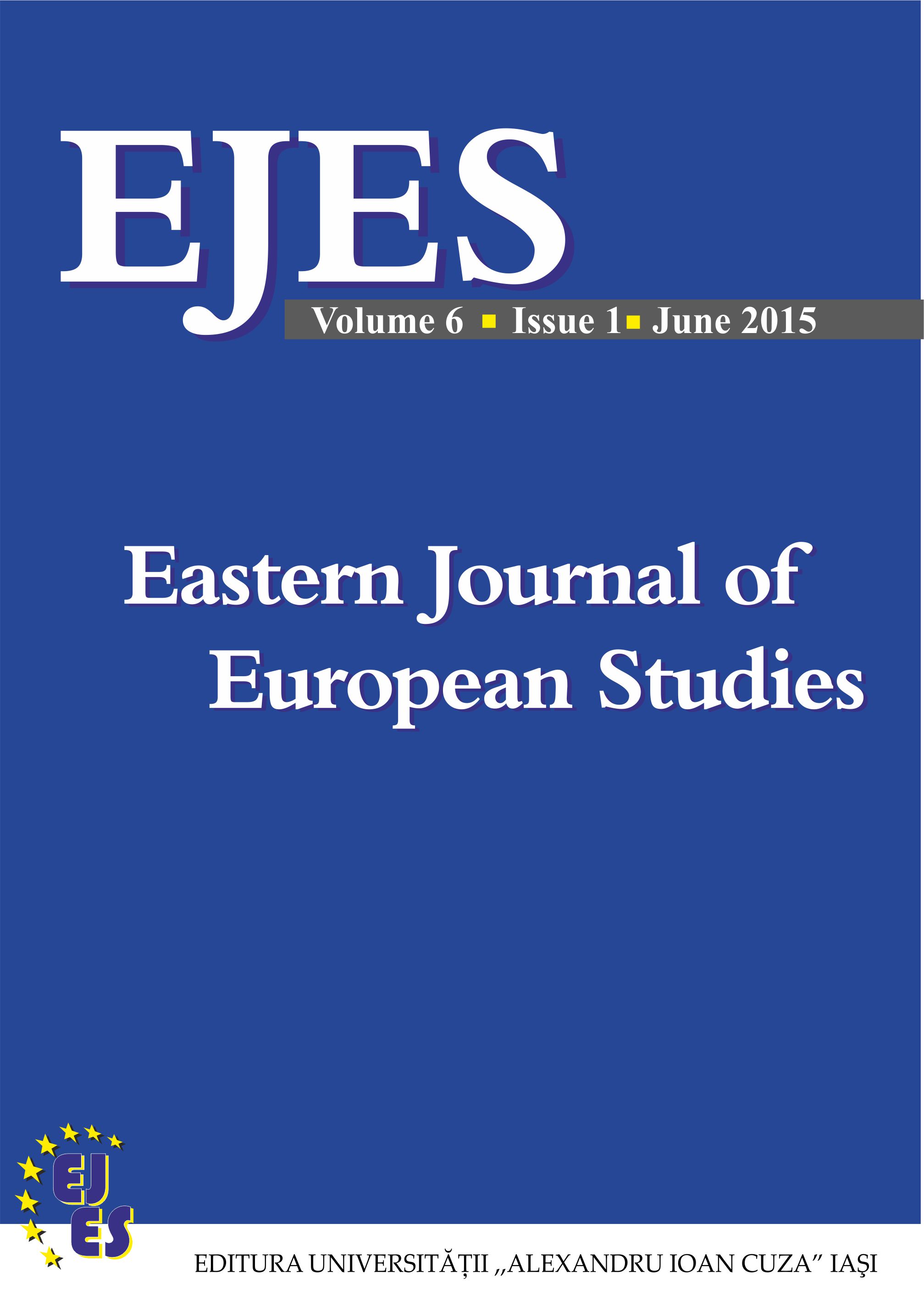Spatial differentiation and core-periphery structures in Romania
Spatial differentiation and core-periphery structures in Romania
Author(s): József BenedekSubject(s): Politics / Political Sciences
Published by: Editura Universităţii »Alexandru Ioan Cuza« din Iaşi
Keywords: spatial economic structure; Romania; territorial autocorrelation; core and periphery;
Summary/Abstract: Our paper focuses on the spatial differentiation of economic development in Romania. We use spatial econometric methods (spatial autocorrelation) in order to determine the differentiation of the country in core regions and peripheries. The analysis is carried out on the regional spatial scale (NUTS 3 units or counties) and covers the period 2000-2011. The main results show a pronounced spatial polarization and spatial autocorrelation of economic development (proxied by GDP per capita) in Romania in some core regions (the capital Bucharest), while an extended periphery, comprising the eastern part of Transylvania, Moldova and northern Muntenia is lagging behind. The analysis of the multidimensional development (Human Development Index) has revealed the existence of some regional polarizing centres (Iași, Constanța), while the spatial configuration of cores and peripheries shows a different picture: beside the capital region, there is a second core area in the central part of Transylvania, while the eastern periphery is centred on the county Brăila.
Journal: Eastern Journal of European Studies
- Issue Year: 6/2015
- Issue No: 1
- Page Range: 49-61
- Page Count: 13
- Language: English

